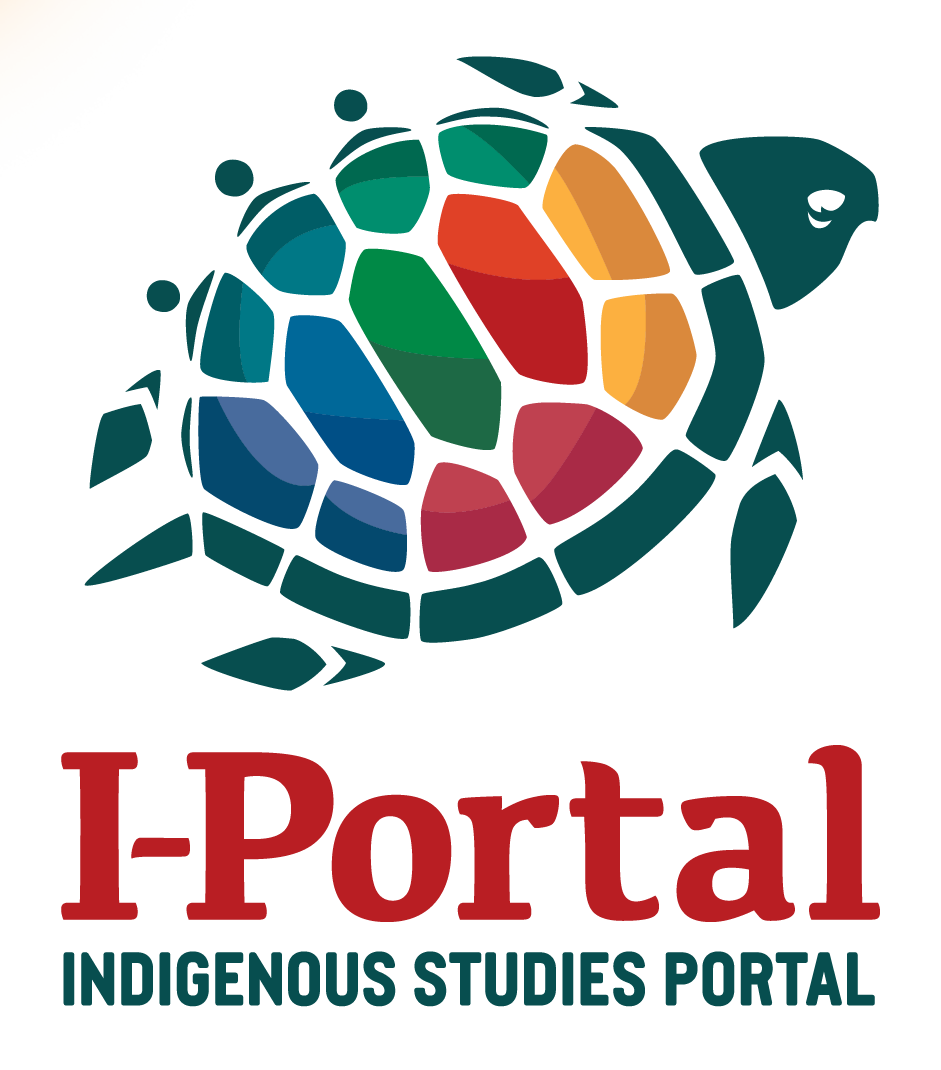Hot Topics in Alaska Native Health
Documents & Presentations
Author/Creator
Alaska Native Epidemiology Center
Description
Looks at both health challenges and successes.

For use with book by Joseph Bruchac and James which retells a traditional story designed to teach lessons about humility. Recommended for Kindergarten to Grade 3.
Activity promotes reading fluency by having children read parts in a script for the traditional story.
Retelling of a traditional story. Suggested age range 6-11 years.
Retelling of a traditional story.
Retelling of a traditional story.
Activity promotes reading fluency by having children read parts in a script for the traditional story.
Book review of: How the World Moves by Peter Nabokov.